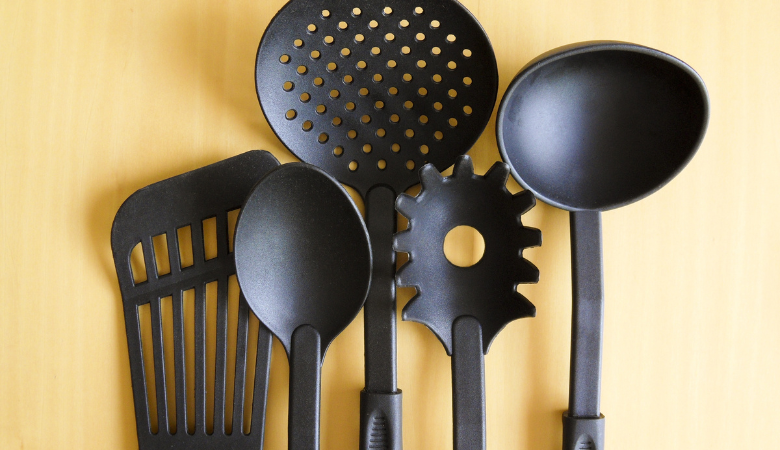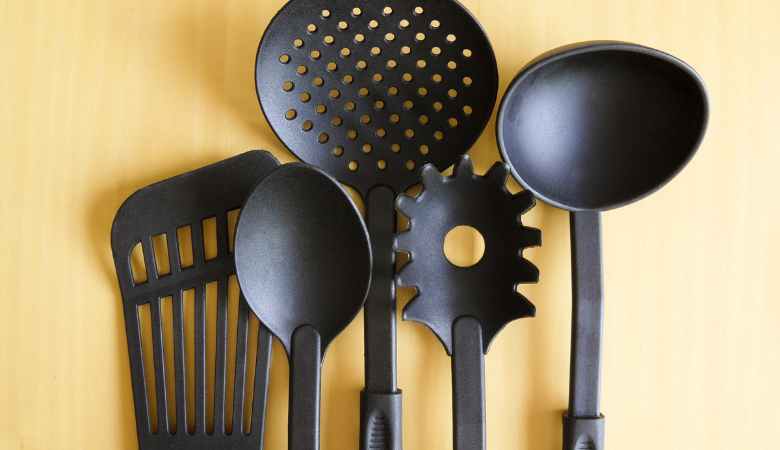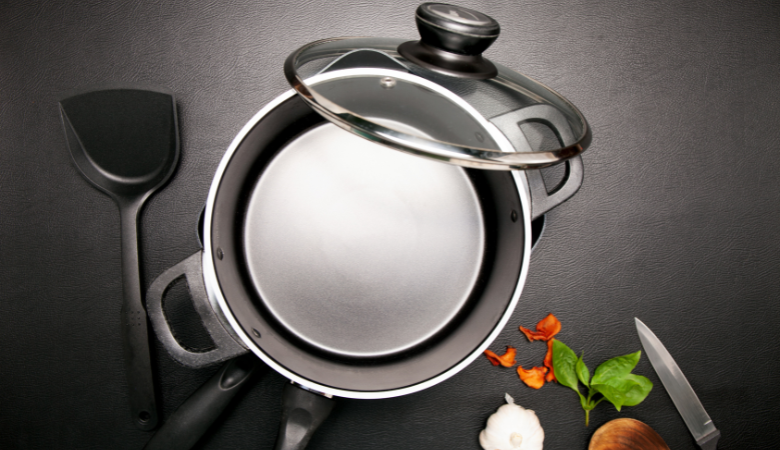
A professional cookware quality inspection follows a structured process designed to guarantee safety and product quality. The main steps include preparation, visual inspection, functional testing, safety and compliance checks, and comprehensive reporting. Each inspection stage targets specific aspects of quality. Inspectors use specialized services to ensure all cookware meets strict standards. These services document findings and provide recommendations for improvement. Cookware quality inspection services play a vital role in maintaining high quality and compliance in the industry.

Key Takeaways
• Start inspections by reviewing all documents and selecting random samples to ensure fair and accurate results.
• Use visual checks to find surface flaws and confirm strong construction for safe, durable cookware.
• Test cookware function by checking heat distribution and handle stability to guarantee good performance and safety.
• Verify materials and follow safety rules to protect consumers and meet legal standards.
• Create clear reports that detail all findings to help improve quality and keep everyone informed.
Preparation
A thorough preparation phase sets the foundation for an effective cookware quality inspection. Inspectors rely on this stage to ensure unbiased and accurate results throughout the process.
Documentation Review
Inspectors begin by reviewing all relevant documents. They examine product specifications, order details, and technical drawings. This step helps them understand the expected standards for each cookware item. By comparing these documents, inspectors can identify any discrepancies before the physical inspection begins. They also check previouspre-shipment inspectionand pre-production inspection reports to spot recurring issues or improvements. This documentation review ensures that the inspection aligns with both client requirements and industry standards.
Note: Careful documentation review reduces the risk of overlooking critical quality concerns during the inspection.
Sample Selection
After reviewing the paperwork, inspectors select representative samples from the production batch. They use random sampling methods to avoid bias and ensure that the inspection reflects the overall batch quality. The number of samples depends on the batch size and the inspection plan. Inspectors often refer to guidelines established during the pre-production inspection to determine the correct sampling method. This approach guarantees that the inspection covers a wide range of products, not just a few handpicked items.
• Inspectors select samples for both visual and functional testing.
• They document the selection process to maintain transparency and traceability.
• Random sampling supports accurate pre-shipment inspection results.
Preparation, including documentation review and sample selection, plays a vital role in the cookware quality inspection process. These steps help inspectors deliver reliable, unbiased results that support high product quality and compliance.
Visual Inspection
Visual inspection stands as a critical step in the cookware quality inspection process. Inspectors rely on their expertise to identify visible flaws and ensure each item meets strict standards. This stage helps catch early defects that could affect performance or safety.
Surface Defects
Inspectors examine cookware surfaces for scratches, dents, discoloration, and other imperfections. They use both natural and artificial lighting to spot even minor issues. A smooth, flawless surface reflects high quality and proper manufacturing practices. Inspectors often use a checklist to ensure consistency during each inspection.
• Scratches may indicate poor handling or inadequate packaging.
• Dents can result from mishandling during production inspection or shipping.
• Discoloration may signal improper finishing or material inconsistencies.
Note: Early detection of surface defects during production inspection helps prevent defective products from reaching customers.
Inspectors document all findings, including the location and severity of each defect. This information supports accurate reporting and future process improvements.
Construction Quality
Construction quality plays a vital role in cookware performance and durability. Inspectors assess the overall build, including welds, rivets, and joints. They check for uniform thickness, proper alignment, and secure attachments. Any irregularities can compromise safety or reduce product lifespan.
| Construction Element | What Inspectors Check For |
|---|---|
| Welds/Rivets | Strength, smoothness, no gaps |
| Handles | Firm attachment, no wobbling |
| Lids | Proper fit, no warping |
Inspectors also verify that the finish meets the required standards. A high-quality finish protects against corrosion and enhances appearance. Consistent construction quality ensures each item passes the inspection and meets customer expectations.
Visual inspection, when performed thoroughly, supports overall product quality and compliance. It serves as a foundation for the next steps in the cookware quality inspection process.
Functional Testing
Functional testingstands as a crucial phase in any cookware quality inspection. Inspectors focus on how each item performs under real-world conditions. This stage helps confirm that the cookware not only looks good but also functions as intended. Functional testing supports both product safety and long-term durability.
Heat Distribution
Inspectors evaluate heat distribution by placing cookware on a heat source and monitoring temperature consistency. Uneven heat can lead to poor cooking results and may indicate issues with material or construction quality. They often use infrared thermometers or thermal imaging tools to check for hot spots or cold zones.
• Inspectors record temperature readings at multiple points.
• Consistent heat distribution signals high manufacturing quality.
• Uneven results prompt further inspection or corrective action.
Tip: Reliable heat distribution testing during inspection helps prevent customer complaints and ensures a positive cooking experience.
A table can help summarize the process:
| Test Step | Purpose |
|---|---|
| Place cookware on heat | Simulate real cooking conditions |
| Measure temperatures | Check for even heat |
| Record findings | Support quality reporting |
Handle and Lid Stability
Handle and lid stability play a key role in user safety and product quality. Inspectors apply force to handles and lids to test their attachment and durability. They look for any wobbling, loosening, or detachment during the inspection.
• Secure handles and lids indicate strong construction quality.
• Any instability may signal assembly issues or design flaws.
• Inspectors document all findings for the final inspection report.
Note: Proper handle and lid stability testing during inspection reduces the risk of accidents in the kitchen.
Functional testing ensures that each cookware item meets strict quality standards. This step in the inspection process helps manufacturers deliver safe, reliable, and high-performing products to customers.
Safety and Compliance
Material Verification
Inspectors place a strong focus on material verification during a cookware quality inspection. They confirm that each item uses the correct metals or alloys as specified in the documentation. This step helps prevent the use of substandard or unsafe materials. Inspectors often use specialized tools to test for material composition. For example, they may use X-ray fluorescence (XRF) analyzers to identify the presence of specific elements.
A typical material verification process includes:
• Reviewing material certificates provided by the manufacturer.
• Conducting spot checks on random samples from the batch.
• Comparing test results with product specifications.
Inspectors document any discrepancies they find. They also note if the materials meet the required standards for food safety. This attention to detail supports overall product quality and ensures that the cookware will perform as expected in the kitchen.
Note: Accurate material verification during inspection protects consumers from potential health risks.
Regulatory Standards
Regulatory standards play a key role in every cookware quality inspection. Inspectors check that each product complies with local and international regulations. These standards may cover areas such as food contact safety, heat resistance, and labeling requirements.
Inspectors follow a checklist to verify compliance:
1. Confirm that the cookware meets all relevant safety standards.
2. Check for proper labeling, including warnings and usage instructions.
3. Ensure that the product passes all required laboratory tests.
Failure to meet regulatory standards can result in failed inspection and product recalls. Inspectors provide detailed reports on compliance status. They recommend corrective actions if they find any issues. This process helps manufacturers maintain high quality and avoid legal problems.
Tip: Regular inspection for regulatory standards supports consistent product quality and builds trust with consumers.
Cookware Quality Inspection Reporting
A professional cookware quality inspection does not end with the physical checks. Inspectors must document every step and result. This reporting process ensures that manufacturers, suppliers, and buyers receive clear, unbiased information. Quality inspection services rely on detailed reports to support decision-making and continuous improvement.
Findings Summary
Inspectors create a findings summary after completing the pre-shipment inspection and full inspection service. This summary includes all observations from the inspection process. It covers visual checks, functional testing, safety compliance, and material verification. Inspectors use tables and checklists to organize the data. They highlight any defects, non-conformities, or areas that meet the required standards.
A typical findings summary may include:
• List of inspected items and sample sizes from the pre-shipment inspection.
• Description of any defects found during the full inspection service.
• Results of heat distribution and handle stability tests.
• Material verification outcomes.
• Compliance status with regulatory standards.
Note: A clear findings summary helps all parties understand the current quality level and supports transparency in quality inspection services.
Inspectors often use digital tools to share real-time feedback. This approach allows manufacturers to address issues quickly and avoid delays in shipping.
A professional cookware quality inspection follows clear steps from preparation to reporting. Each phase, including visual checks and functional testing, supports product quality and safety. Inspectors verify compliance with industry standards at every stage. Readers should expect these steps in any reliable inspection service. Choosing a thorough process helps ensure safe and dependable cookware.
FAQ
What tools do inspectors use during cookware quality inspections?
Inspectors use calipers, infrared thermometers, X-ray fluorescence analyzers, and visual checklists. These tools help them measure, test, and verify each aspect of cookware quality.
How often should manufacturers schedule cookware quality inspections?
Manufacturers typically schedule inspections at key production stages. These include pre-production, during production, and before shipment. Regular inspections help maintain consistent quality.
Why is random sampling important in cookware inspections?
Random sampling ensures that inspectors evaluate a true representation of the batch. This method helps prevent bias and supports accurate inspection results.
What happens if cookware fails to meet regulatory standards?
Inspectors document all non-compliance issues. They recommend corrective actions. Manufacturers must address these issues before the cookware can enter the market.


